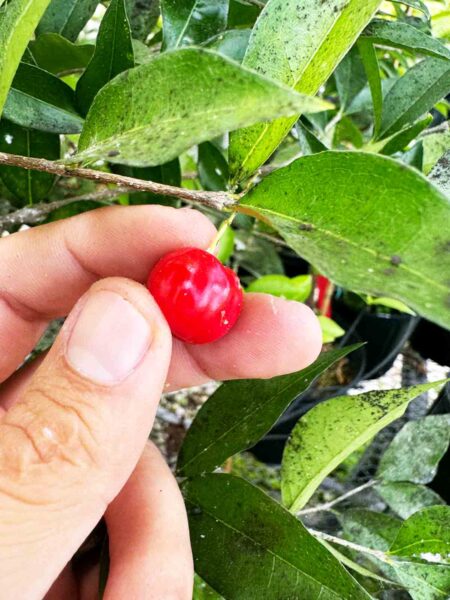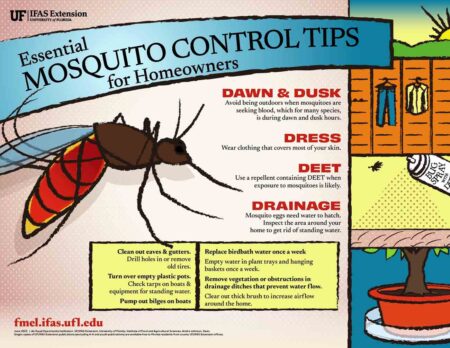The value of agricultural production to Florida’s economy is staggering. Agriculture provides positive impact on the economy and environment of Florida to the benefit of all citizens. Agriculture, natural resources and food industries had 1,616,235 full-time and part-time direct jobs.
NICEVILLE, Fla — The value of agricultural production to Florida’s economy is staggering. Agriculture provides positive impact on the economy and environment of Florida to the benefit of all citizens.
Agriculture, natural resources and food industries had 1,616,235 full-time and part-time direct jobs. An additional 655,877 jobs were indirectly connected to these industries for a total employment impact of 2,272,113 jobs, representing almost 20 percent of total state employment.
In 2017, Florida had around 47,000 commercial farms and ranches, using a total of 9.45 million acres. Florida ranked first in the U.S. in value of production of cucumbers, grapefruit, oranges, squash, sugarcane, fresh market snap beans and fresh market tomatoes. Florida is second in the nation in value of production of bell peppers, strawberries, watermelons, fresh market sweet corn and in sales of greenhouse and nursery products. Florida also ranked fourth nationally in the value of peanut production and honey.
Close to half of Florida’s 34 million acres consist of forestland and the estimated value of all forest products and services produced is more than $10 billion. An average of 74 million trees are planted annually on Florida’s forest land.
The state’s commercial fishing and seafood industry accounts for almost 14 thousand jobs with an economic impact of around $730 million.
More than 47,000 Florida farms supply over 280 essential commodities to customers throughout North America and to more than 100 international trading partners.
Agriculture includes more than farms. Services, processing, packaging, marketing, transportation, wholesaling and retailing all are components of Florida’s agricultural industry. Florida has a broad area of additional services such as lawn care, pest control, golf courses, natural resources and recreational areas.
Environmental horticulture, including landscape plants, flowers, foliage plants and turfgrass, is no small part of Florida’s agriculture. In 2017, Florida ranked second in the nation in the production of greenhouse, nursery and miscellaneous products with cash receipts totaling over $2 billion.
Florida agriculture is a major economic driver along with tourism and construction but the agricultural economy does not react to economic downturns in the same way that the other drivers do. Generally, the diversity that characterizes the Florida agricultural economy creates a stable economic platform that helps stabilize the state’s economy.
The University of Florida’s Institute of Food and Agricultural Sciences (UF/IFAS) has played a major role in the development, support and expansion of this very important part of our diverse state through its research, teaching and extension programs.
We all benefit from this vital industry. Sometimes we just need to be reminded.
Sources of information include: UF/IFAS, Florida Farm Bureau Federation and the Florida Department of Agriculture and Consumer Services.
Larry Williams is the Extension horticulture agent with the Okaloosa County Cooperative Extension Service, University of Florida. Contact Larry at 689-5850 or email lwilliams@myokaloosa.com.





